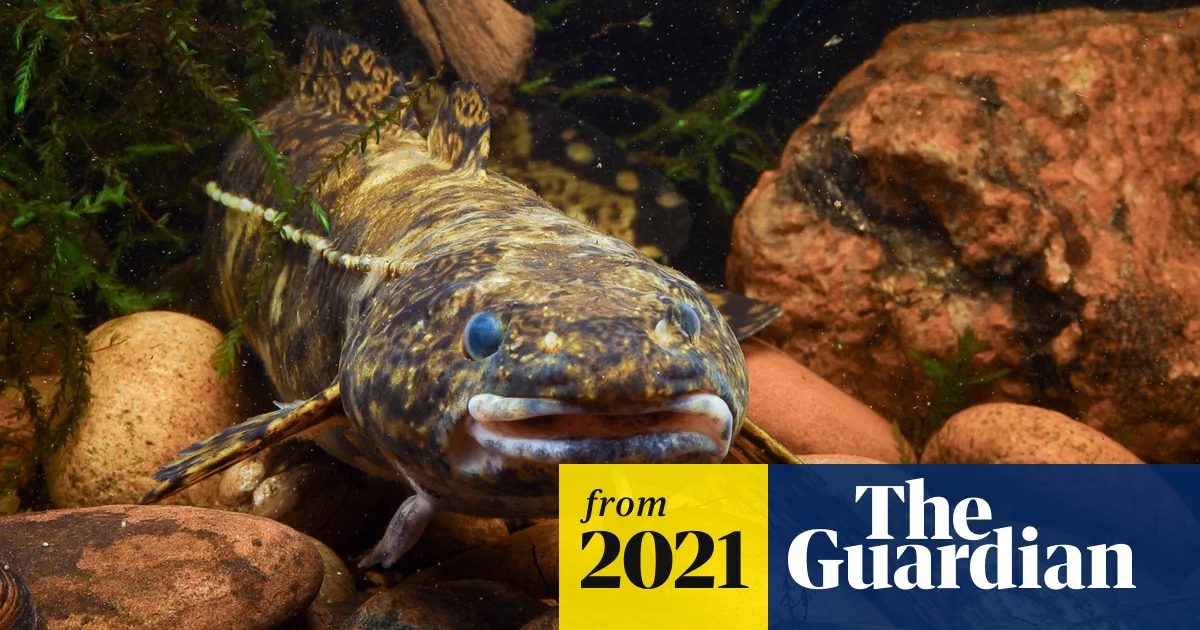If you live near the Danube or Tisza rivers, you may have heard of kecsege—the Hungarian name for the sterlet sturgeon (Acipenser ruthenus). This ancient-looking fish has been part of Central and Eastern European waters for centuries, yet many people outside the region barely know it exists.
Unlike its larger relatives—the beluga or Russian sturgeon—the sterlet is small, agile, and better suited to rivers than deep seas. It’s a fascinating species with cultural, ecological, and culinary importance. Let’s break down what makes kecsege special and why it deserves more attention.
What is Kecsege?
Kecsege, or sterlet, is one of the smallest sturgeons. Adults usually grow to about 40–60 cm, though some can reach a meter in length. They have the trademark sturgeon features: a long, pointed snout, whisker-like barbels, bony plates (scutes) along the body, and a shark-like tail.
Sterlets are bottom-feeders, rooting around riverbeds for insect larvae, small crustaceans, and worms. Unlike many sturgeons, they spend their whole lives in freshwater and don’t migrate to the sea. This makes them easier to raise in controlled environments, which is one reason fish farms value them.
Ecological Importance
Sturgeons are often called “living fossils” because they’ve changed very little in millions of years. Their presence indicates a healthy river system, since they need clean, oxygen-rich waters. Unfortunately, wild sterlet populations have declined due to:
- Overfishing
- River pollution
- Dam construction (which blocks natural spawning grounds)
Conservation programs in Hungary, Serbia, and Romania have begun restocking rivers with young sterlets. These efforts aim to preserve biodiversity while also sustaining traditional fishing cultures.
Culinary Use
Kecsege has long been appreciated in Central Europe as a delicacy. Its meat is tender, lean, and mild in flavor. Unlike larger sturgeons, it’s not primarily sought for caviar, since females produce smaller amounts of roe. Instead, the fish is eaten whole.
Popular preparations include:
- Fried or grilled: Served simply with lemon and herbs.
- Fish soup (halászlé): Sterlet adds richness to this famous Hungarian dish.
- Smoked: A traditional method that enhances its flavor and preserves it.
Because sterlet is not oily and doesn’t have many fine bones, it’s beginner-friendly compared to other river fish.
Modern Relevance
Today, kecsege has moved beyond riverside villages and local markets. With sustainable fish farming, it has found a place in fine dining. Chefs prize it for its delicate taste and versatility. Meanwhile, conservationists see it as a flagship species—if sterlet populations thrive, it means rivers are recovering.
For foodies, anglers, and environmentalists alike, kecsege represents a link between tradition and sustainability.
FAQs About Kecsege
1. Is kecsege the same as sturgeon?
Yes. Kecsege is the Hungarian name for the sterlet, which is one of several species of sturgeon.
2. How big does kecsege get?
Most grow between 40–60 cm, but exceptional ones can reach 100 cm and weigh around 6–7 kg.
3. Can you eat kecsege?
Absolutely. Its meat is white, tender, and mild. It’s especially popular grilled, smoked, or in fish soups.
4. Does kecsege produce caviar?
Yes, but in smaller amounts compared to larger sturgeon species. It’s not a major caviar fish, but some farms collect its roe.
5. Why is kecsege endangered in some areas?
Overfishing, pollution, and river damming have reduced its natural populations. Conservation programs are working to restore them.
6. Where can you find kecsege?
It’s native to rivers draining into the Black Sea, Caspian Sea, and some parts of the Arctic Ocean basin. In Hungary, it’s most associated with the Danube and Tisza rivers.
7. How does kecsege differ from other sturgeons?
It’s smaller, fully freshwater, and matures more quickly. Larger sturgeons can live for decades and reach several meters, while sterlet is more modest in size and lifespan.
8. Is kecsege good for home cooking?
Yes. Unlike carp or pike, it has very few bones, making it easy to prepare at home without fuss.
9. Is it farmed or only wild-caught?
Both. In many areas, wild stocks are protected, so much of the kecsege in markets and restaurants comes from aquaculture.
10. Why is it called a “living fossil”?
Because sturgeons, including the sterlet, have existed for over 200 million years with little evolutionary change.
Final Thoughts
Kecsege may not have the fame of salmon or tuna, but it carries deep cultural weight in Central Europe and offers a sustainable, tasty alternative for modern cuisine. Protecting this small but mighty sturgeon means protecting the rivers it inhabits—and keeping alive a tradition that has nourished communities for centuries.




